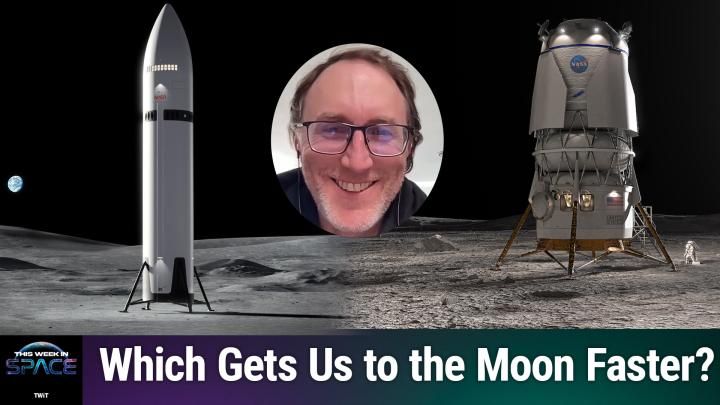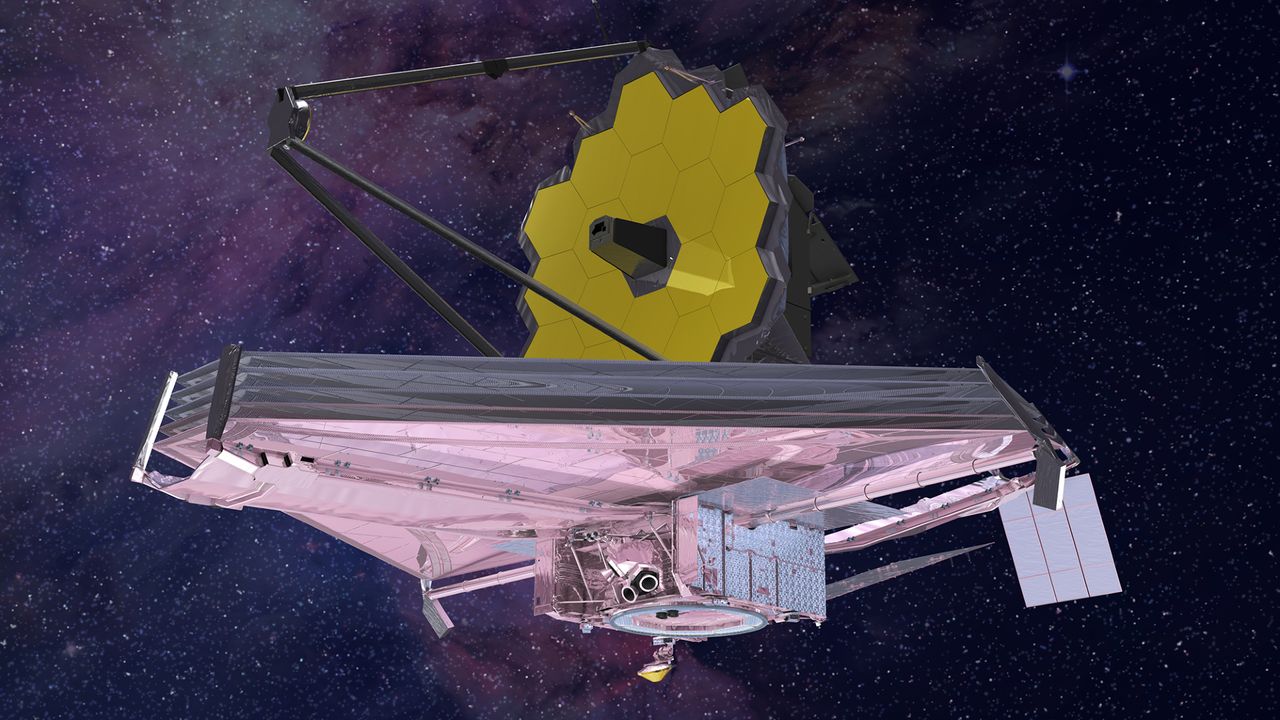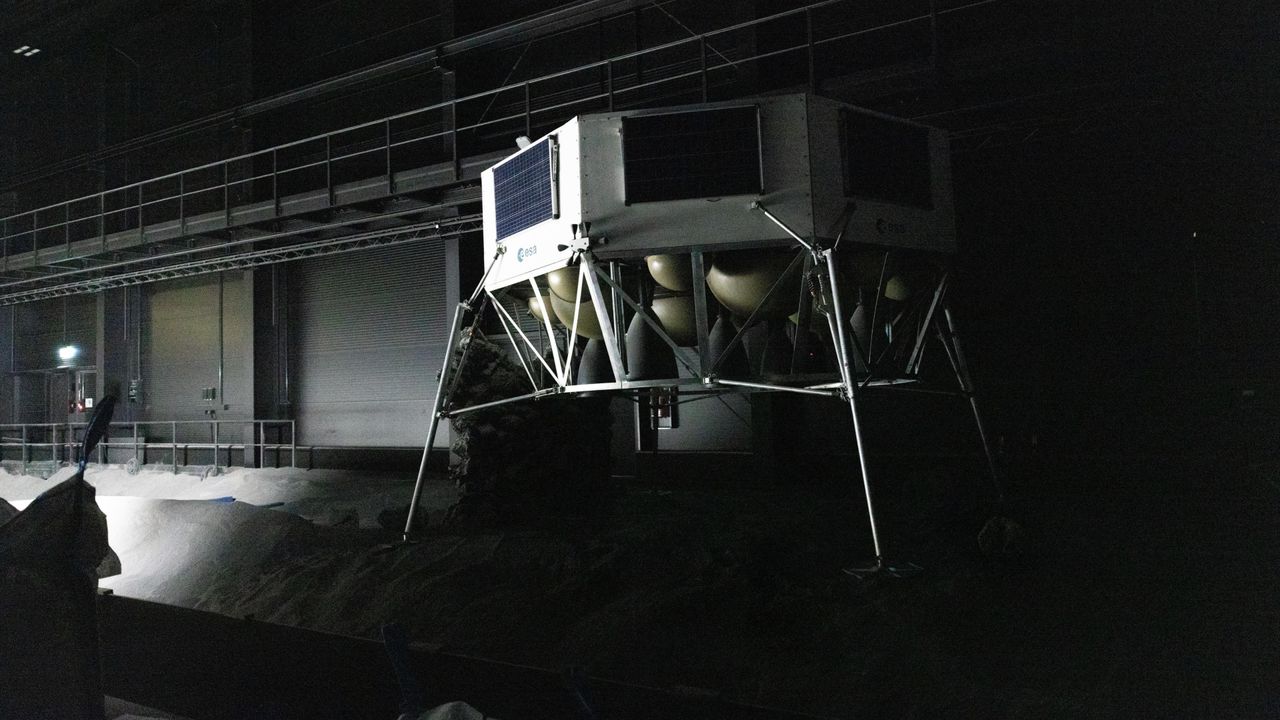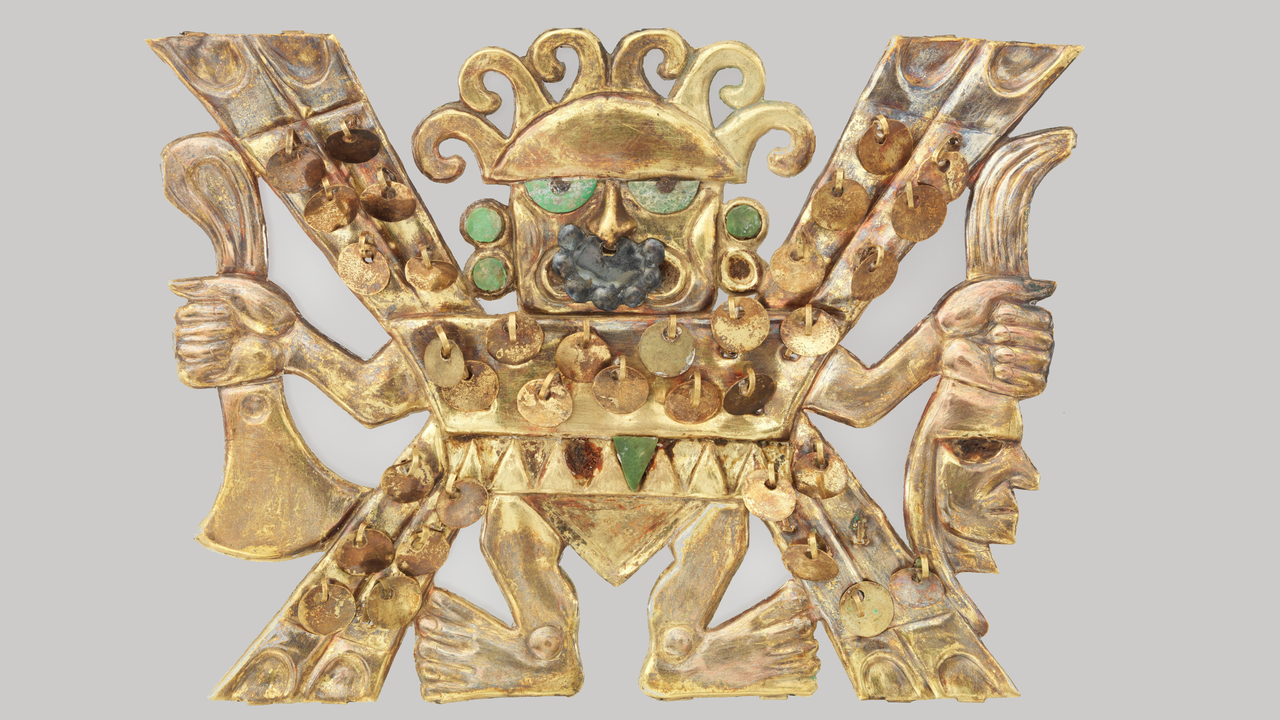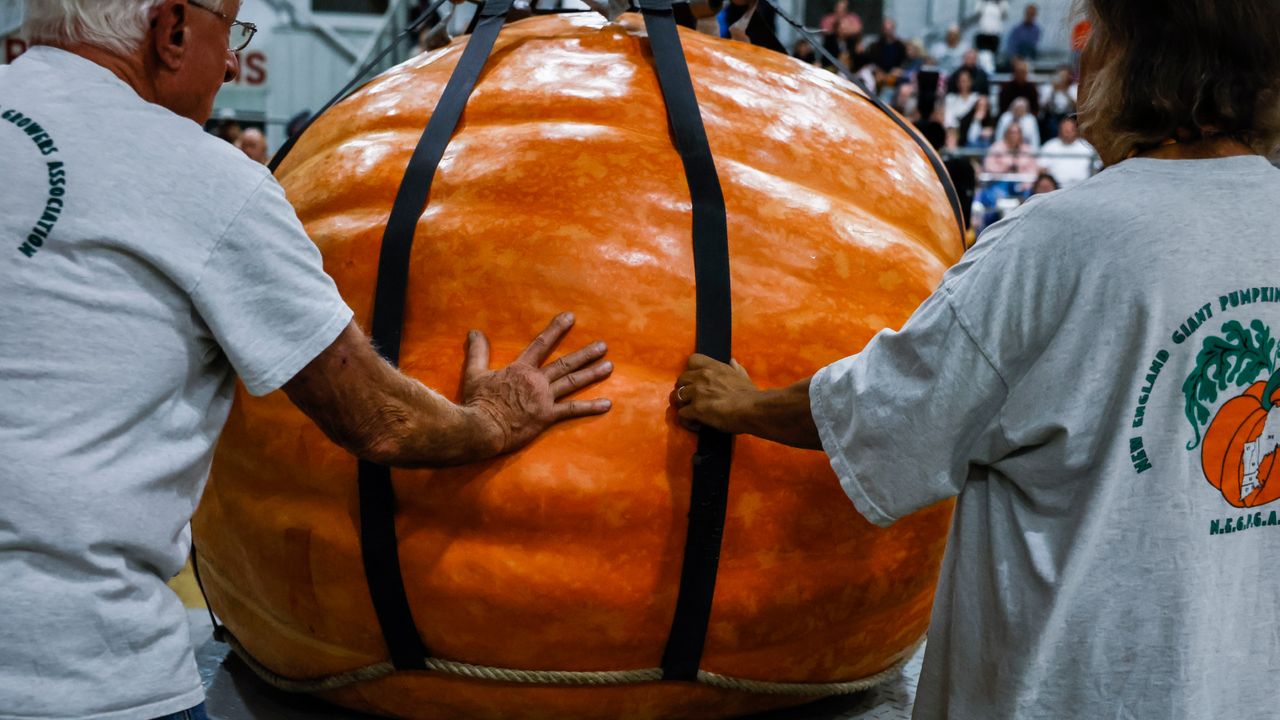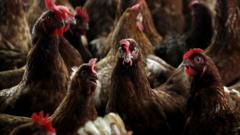NASA’s trailblazing generation
PositiveScience

NASA's Class of 1978 is celebrated for being a remarkable group of highly skilled and experienced individuals, showcasing the agency's commitment to excellence in space exploration. This class has played a pivotal role in advancing NASA's missions and inspiring future generations of scientists and astronauts. Their achievements highlight the importance of talent and dedication in pushing the boundaries of what is possible in space.
— Curated by the World Pulse Now AI Editorial System



